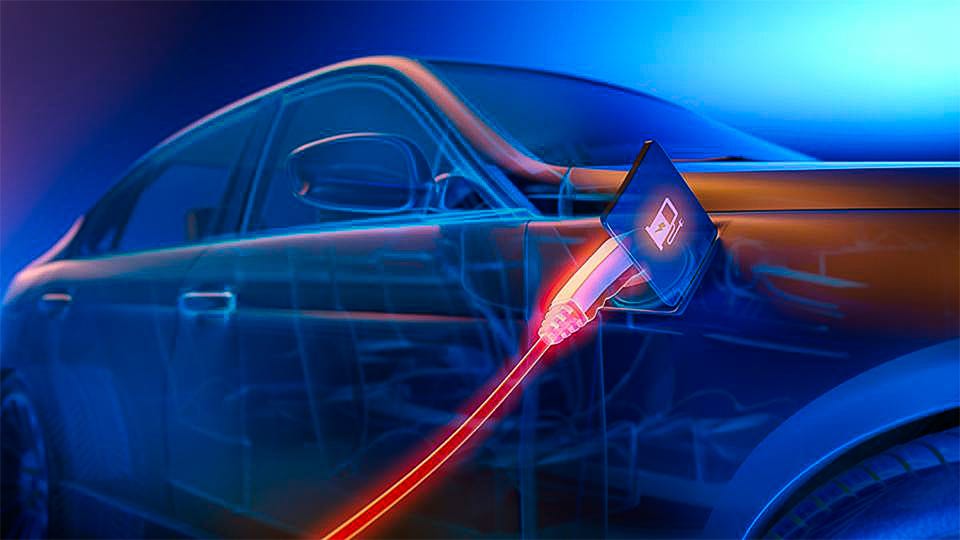Programming Electric As the world shifts towards a more sustainable future, the popularity of electric cars is on the rise. These vehicles are powered by electric motors, making them environmentally friendly and cost-effective. However, the programming of the devices in electric cars is crucial to their operation. In this article, we will provide a guide to programming electric car devices, including important concepts and techniques.
Understanding the Electric Car Devices
Electric cars are powered by a complex system of devices that require programming. The devices include the battery management system, electric motor controller, and charging system. The battery management system (BMS) is responsible for monitoring the battery’s health and safety, while the electric motor controller regulates the speed and torque of the motor. The charging system is responsible for charging the battery.
Choosing the Programming Language
The programming language used for electric car devices depends on the device being programmed. For example, C++ is commonly used for programming the electric motor controller, while Python is suitable for programming the battery management system. Java is often used for the charging system. It is important to choose the right programming language as it affects the efficiency and effectiveness of the device.
Setting up the Development Environment
Before programming electric car devices, you need to set up the development environment. This involves installing the necessary software, such as an Integrated Development Environment (IDE), compiler, and debugger. The IDE is where you write, edit, and debug your code, while the compiler translates the code into machine language. The debugger helps to identify and fix errors in the code.
Understanding the Hardware
To program electric car devices effectively, you need to understand the hardware. This involves learning about the electrical components, such as sensors, actuators, and controllers. You should also familiarize yourself with the schematics and wiring diagrams of the car’s electrical system. This knowledge helps you to write code that interacts with the hardware effectively.
Writing Code for Electric Car Devices
Writing code for electric car devices involves understanding the device’s functionality and specifications. You should write code that is efficient, reliable, and scalable. It is important to use best practices, such as writing modular code, commenting on the code, and testing the code thoroughly.
Testing and Debugging
After writing the code, you need to test and debug it. This involves running the code on a simulator or a test bench to ensure that it functions as intended. You should also conduct functional and regression testing to ensure that the code works as expected. When errors occur, you should use the debugger to identify and fix them.
Deployments
After testing and debugging the code, you can deploy it to the electric car devices. This involves transferring the code to the microcontroller or processor that controls the device. You should ensure that the code is loaded correctly and that the device functions as intended.
Conclusion
Programming electric car devices is an essential task that requires knowledge of programming languages, hardware and software development. By following the steps outlined in this article, you can program electric car devices effectively and efficiently.
Remember to choose the right programming language, set up the development environment, understand the hardware, write efficient code, test and debug the code, and deploy it to the device. With these skills, you can contribute to the development of electric cars and help shape a more sustainable future.

